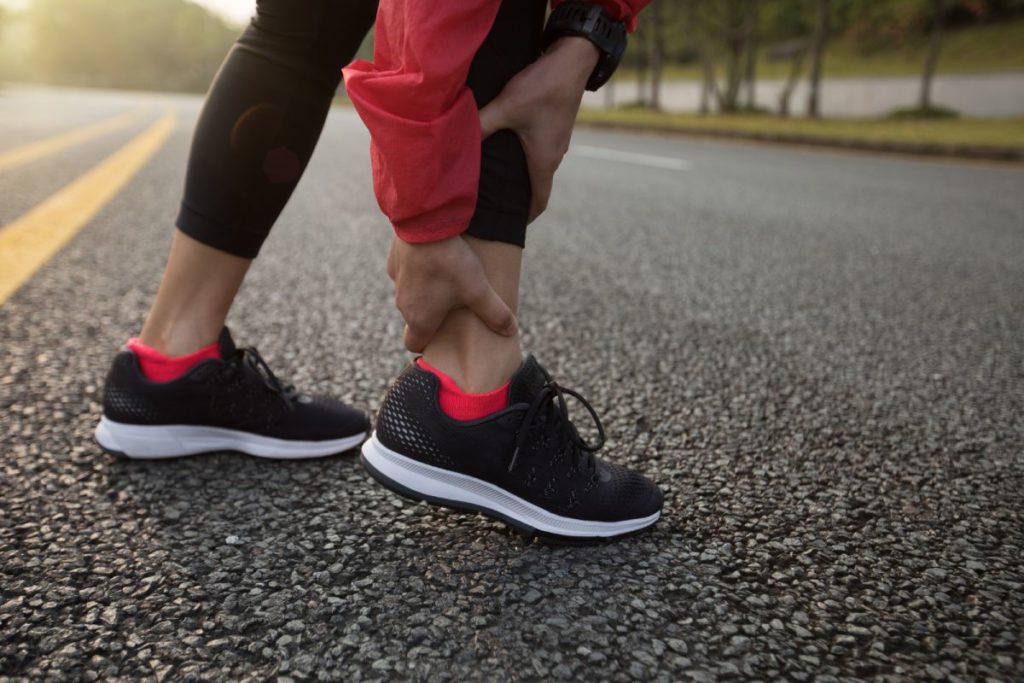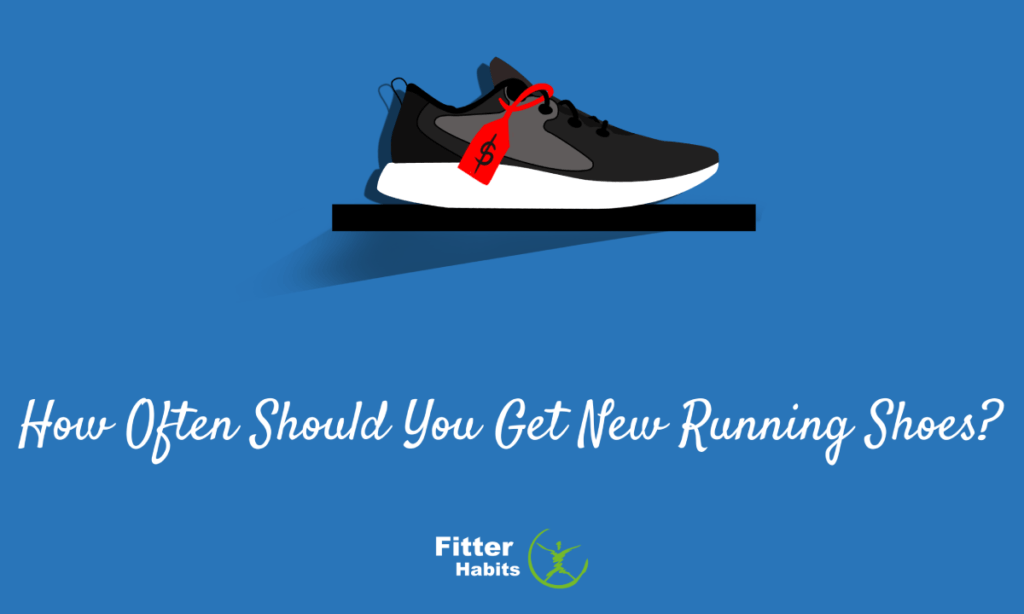Are you wondering how often should you get new running shoes? Protect your feet, ankles, and knees from harm by replacing your running shoes on time!
Maybe you ask yourself, how often should you get new running shoes? When you open a new pair of shoes, there’s plenty of cushioning available. Your midsole, outsole, and insole are strong, protecting your foot strike with strong shock absorption.
Eventually, the life of your shoes is going to expire, leading to blisters and increasing your risk of injury, particularly overuse injuries such as plantar fasciitis.
If you would like to avoid running injuries, then you need to keep up with the wear pattern of your shoes and replace them on time. Whether you are a road runner or someone who enjoys trail running, prevent soreness and shin splints by knowing how often should you get new running shoes and replacing them on time!
Contents
- 1 What Are the Signs it Is Time to Replace Your Running Shoes?
- 2 How Many Miles Will You Get out of Your Running Shoes?
- 3 What Factors Impact the Life of Your Running Shoes?
- 4 What Happens If You Do Not Replace Your Running Shoes on Time?
- 5 Final Word on How Often Should You Get New Running Shoes
- 6 FAQs About How Often Should You Get New Running Shoes
What Are the Signs it Is Time to Replace Your Running Shoes?

Whether you use Brooks, Nike, or a different type of shoe, you need to know when it is time to replace your running shoes. It is difficult to predict exactly how long your shoes will last, as every she was going to work differently depending on your unique running style, how often you run, and how the shoe has been designed.
On the other hand, there are a few signs that your running shoes have reached the end of their life. Some top signs to watch for include:
- The soles of your shoes appear asymmetrical.
- You can feel your toes touching the ground, as a poke through the shoebox.
- You are noticing more pain in your heel, which is a sign the cushioning is gone.
- The outer sole has worn through completely.
- Your shoes do not stand up straight when they sit on a flat surface.
These are signs that it may be time to reach out to a shoe specialist for your next pair of running shoes, such as someone from New York.
You might also enjoy our explainer on compression running tights.
How Many Miles Will You Get out of Your Running Shoes?
In general, you should expect to get between 450 and 550 miles out of your running shoes. If you tend to do more trail running than road running, you may get more miles out of your shoes because dirt will wear out your running shoes more slowly than pavement.
You should keep track of the number of miles you put on your running shoes. As you get close to 450 miles, keep an eye out open for the signs above. If you are not experiencing soreness and your shoes do not show any of the signs above, you may be able to get more miles out of them.
What Factors Impact the Life of Your Running Shoes?
There are several factors that will play a role and how many miles you get out of your running shoes. Some of the most important factors include:
- Running Style. Your biomechanics impact how many miles you get out of your shoes. Every runner has a slightly different gait. No two runners strike the ground in the same way. Take a look at your running shoes when they get close to the end of their life. If the heel is worn out, you are one of many heel strikers. This is a common theme among long-distance runners, and you will have to replace your shoes more frequently. On the other hand, if you are forefoot strikes first, you may get more miles out of your shoes. This is more common among sprinters and those who run hills.
- Your Weight. If you are taller or heavier than average, your shoes will wear out more quickly. If you would like your shoes to last longer, you can buy specific running shoes that have been designed for your build.
- The Terrain. The terrain will also impact the lifespan of your shoes as well. Make sure you match the design of the shoe to the terrain on which you run. If your running shoes have been designed for trail running, stick to trails. If your running shoes have been designed for the road, stick to the road. This will help you maximize the lifespan of your shoes.
When it is time to replace your running shoes, do not put this off. Otherwise, you could increase your risk of injury.
Check our our explainer on can you run in Converse.
What Happens If You Do Not Replace Your Running Shoes on Time?

If you do not replace your running shoes on time, you increase your chance of suffering a serious injury. These injuries tend to show up in your hips, knees, feet, ankles, and lower back.
If you feel more aches and pains than usual the morning after your run, this could mean that your shoes have been worn out. Replace your shoes at the shoe store as soon as possible to prevent these injuries from getting worse.
Final Word on How Often Should You Get New Running Shoes
You should replace your running shoes when they wear out. Expect to get between 450 and 550 miles out of them. If you match the design of your shoe to your terrain, you can maximize their mileage.
Finally, the terrain, your running style, and your personal build will all Impact how many miles you get out of your running shoes. Do not put off replacing your running shoes, as this could increase your risk of suffering an injury.
FAQs About How Often Should You Get New Running Shoes
Will my shoes wear out faster if I stick to the road?
Yes. If you run on the pavement, your shoes will wear out faster. If you use shoes that have been specifically designed for pavement, they should last longer than typical running shoes.
How can I keep from rolling my ankles when I run?
If you are prone to rolling your ankles, there are different shoes you can wear that are designed to increase your stability. In particular, shoes with a heavier bottom will make it harder for you to roll your ankles.



